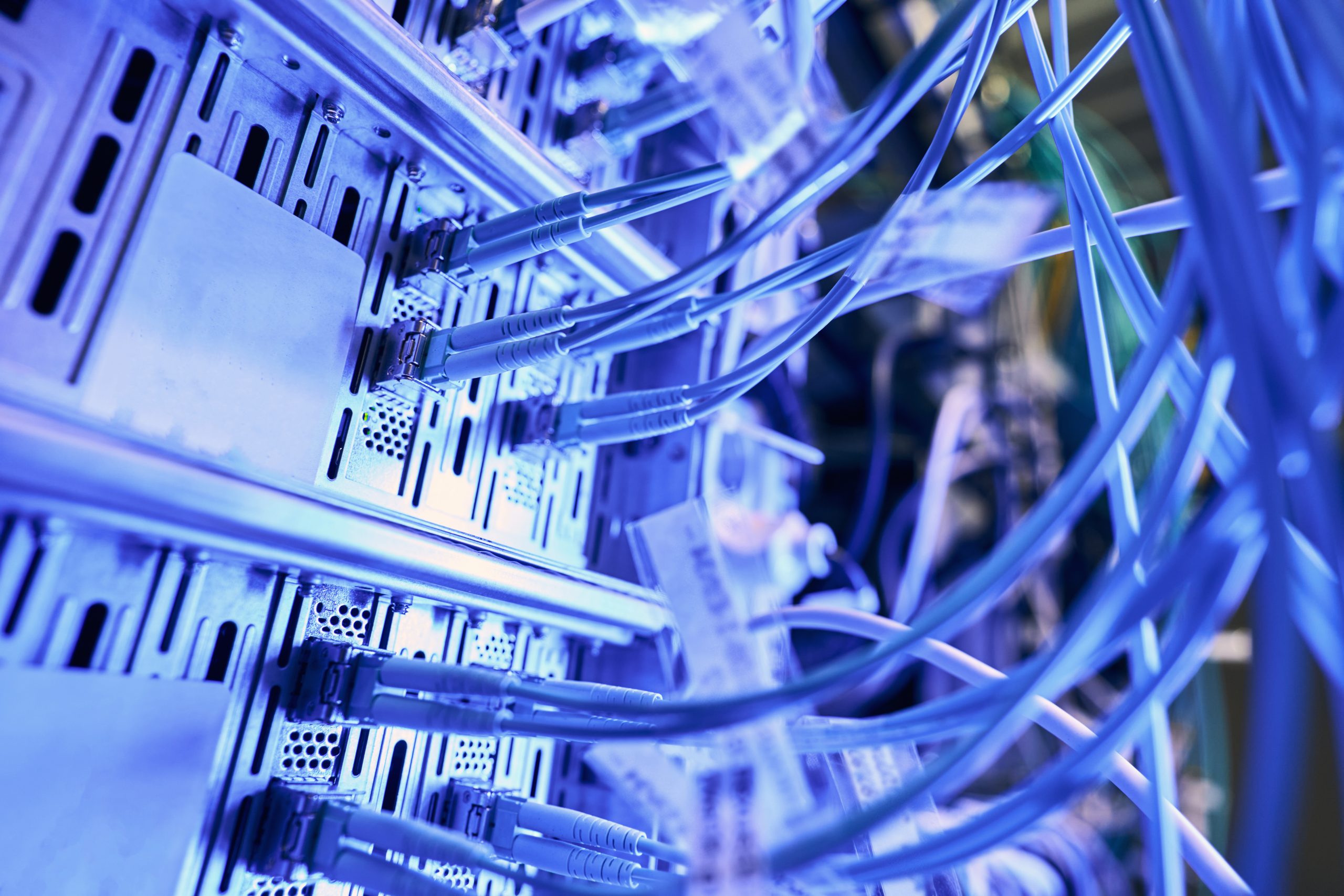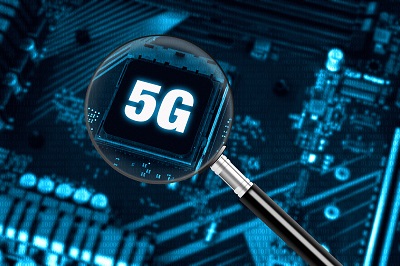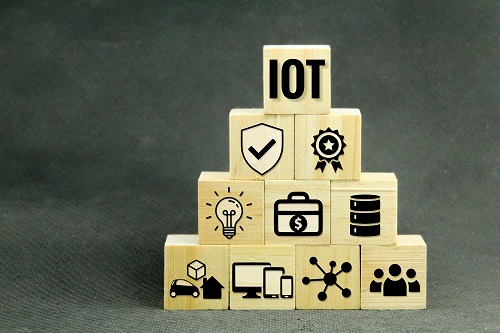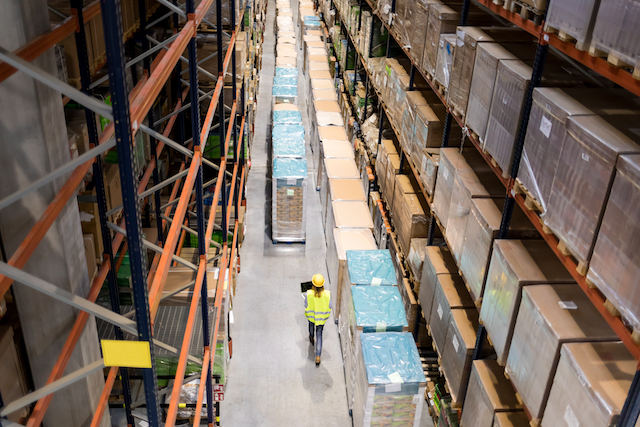Future of Cabling and Network Technology

Cabling and network technology is the practice of connecting computers, phones, and other devices together with cables and wires to form a network. It also involves the use of routers, switches, hubs, and other networking hardware, as well as computer software, to create an interconnected network. Cabling and network technology is used to transmit data, audio, and video among computers, phones, and other devices. It is also used to create a secure connection between two or more networks, allowing users to access data on a shared network.
Contents
Overview of current trends in 5G & IoT
Edge Computing:
Edge Computing is an emerging technology that will enable faster response times and better scalability for 5G networks and IoT devices. Edge Computing is revolutionizing the way data is processed. By bringing data processing to the end user, it reduces latency and enhances reliability in comparison to traditional cloud-based systems.
Autonomous Connectivity:
Autonomous Connectivity will allow 5G and IoT devices to connect to each other without relying on centralized infrastructure. This will enable faster and more reliable data exchange, and enable new use cases such as autonomous vehicles.
Low-latency Networking:
Low-latency networking is essential for 5G and IoT applications, as it allows data to be quickly exchanged between devices. This can help create a more interactive and immersive experience with the introduction of new use cases such as augmented and virtual reality applications.
Network Slicing:
Network slicing is a technology that will allow networks to be divided into virtual slices, each dedicated to a specific application or use case. This will enable better scalability and more efficient use of the available bandwidth.
Security:
Security is a major concern for 5G and IoT networks, as they are often connected to sensitive data. To ensure that data is secure, 5G and IoT networks must be equipped with advanced security protocols, such as encryption and authentication.
What is 5G?
5G is the fifth generation of wireless technology, and it is the latest technology that is being developed for mobile communication. 5G networks are revolutionizing the way we use technology with their faster speeds, lower latency, and capacity to connect more devices than ever before. This revolutionary technology is enabling applications such as virtual reality, autonomous vehicles, and massive machine-type communication. 5G networks are also expected to enable more efficient access to cloud computing, which will allow for faster data analysis and faster response times.
Advantages of 5G:
Faster speeds:
5G networks offer faster download and upload speeds compared to 4G networks, allowing for smoother streaming, online gaming, and video conferencing.
Increased capacity:
5G networks have a larger capacity for simultaneous connections, meaning less congestion and better network performance.
Lower latency:
5G networks have dramatically lower latency, meaning data travel faster between two points. This leads to quicker response times for applications and services, providing an improved user experience.
Improved reliability:
5G networks offer more reliable connections, even in areas with high traffic or congestion.
Greater flexibility:
5G networks can be used for a wide range of applications and devices, from smartphones to smart cities and industrial automation.
Disadvantages of 5G:
Expensive infrastructure:
Building and maintaining 5G networks require significant investments in new infrastructure, which can be costly for service providers and governments.
Limited coverage:
5G networks currently have limited coverage, meaning that not all areas have access to 5G services.
Health concerns:
Some studies have suggested that 5G networks may have negative health effects, although more research is needed to confirm these concerns.
Security risks:
5G networks may be vulnerable to cyber-attacks and other security threats, which could have serious consequences for users and businesses.
Interference with other systems:
5G networks may interfere with other wireless systems, such as satellite communications or weather radar, which could have negative consequences for certain industries or applications.
What is IoT?
The Internet of Things (IoT) refers to the interconnected network of devices, sensors, and other physical objects that are connected to the internet and able to communicate and share data with each other. These devices can include smartphones, laptops, home appliances, industrial equipment, vehicles, and more. The IoT allows for the collection and analysis of vast amounts of data, enabling new levels of automation, efficiency, and intelligence in various industries and applications. The IoT is expected to revolutionize the way we live, work, and interact with technology, creating new opportunities and challenges for businesses, governments, and individuals.
Advantages of IoT:
Increased efficiency:
IoT devices and systems can automate various tasks and processes, resulting in increased efficiency and productivity.
Better data collection and analysis:
IoT devices can collect and transmit large amounts of data, which can be analyzed to gain insights and make better decisions.
Improved safety and security:
IoT devices can be used to monitor and protect homes, businesses, and other properties, as well as to improve public safety and emergency response.
Increased convenience:
IoT devices can be used to control and manage various aspects of our lives, such as home appliances, vehicles, and personal health, making them more convenient and user-friendly.
Cost savings:
IoT systems can reduce costs by automating tasks and processes, reducing energy consumption, and reducing the need for human labor.
Disadvantages of IoT:
Security risks:
IoT devices and systems can be vulnerable to hacking and other cyber attacks, potentially putting sensitive data and personal information at risk.
Privacy concerns:
IoT devices can collect and transmit large amounts of personal data, raising concerns about privacy and data security.
Dependence on technology:
IoT devices and systems can be complex and require a high level of technical expertise to install and maintain, which can create dependence on technology.
Limited interoperability:
IoT devices and systems from different manufacturers may not be able to communicate with each other, limiting the potential of the IoT.
Battery life:
IoT devices often require frequent battery charging or replacement, creating extra costs and inconvenience for users.
The Future of Cabling and Network Technology is Expected to Evolve in Several Ways:
Fiber Optics:
The use of fiber optics is expected to become more prevalent in cabling and network technology. Fiber optics offer faster speeds and greater bandwidth than traditional copper cables, making them ideal for high-speed data transfer and internet connectivity. Read more about Fiber optics.
Wireless technology:
Wireless technology, such as Wi-Fi, 5G, and Li-Fi, is expected to become increasingly important in the future of cabling and network technology. Wireless technology offers greater flexibility and mobility, making it ideal for use in IoT devices and smart homes.
Cloud computing:
Cloud computing is expected to become more prevalent in the future of cabling and network technology. Cloud computing allows for the storage and sharing of data and applications on remote servers, reducing the need for physical storage devices and local networks.
Artificial intelligence:
Artificial intelligence (AI) is expected to play a major role in the future of cabling and network technology. AI can be used to optimize network performance, automate network management, and improve security.
Virtual and augmented reality:
Virtual and augmented reality (VR and AR) are expected to become increasingly important in the future of cabling and network technology. VR and AR technology require high-speed and low-latency networks, making them ideal for use in gaming and entertainment applications.
Recommendations for Organizations for Trends such as 5G and IoT
Invest in 5G infrastructure:
Organizations should invest in 5G infrastructure and technologies to ensure they are able to take advantage of the faster speeds and increased capacity of 5G networks.
Develop IoT strategies:
Organizations should develop IoT strategies to identify how they can use IoT devices and technologies to improve their operations and services.
Focus on security:
Organizations should prioritize security when implementing 5G and IoT technologies, to ensure that sensitive data and personal information are protected from cyber-attacks.
Invest in fiber optics:
Organizations should consider investing in fiber optics to take advantage of the faster speeds and greater bandwidth they offer.
Embrace cloud computing:
Organizations should embrace cloud computing to take advantage of the cost savings and increased flexibility it offers.
Overall, the future of cabling and network technology is expected to focus on faster speeds, greater flexibility, and increased automation and intelligence. This will enable new and innovative applications and services, and improve the overall user experience.
In conclusion, the future of cabling and network technology is expected to be shaped by the rapid advancements in technology, especially 5G and IoT. The trend is moving towards faster speeds, greater flexibility, and increased automation and intelligence. 5G networks will enable faster download and upload speeds, larger capacity, and lower latency, making them ideal for various applications such as streaming, online gaming, and video conferencing.
On the other hand, IoT will enable the collection and analysis of vast amounts of data, enabling new levels of automation, efficiency, and intelligence in various industries and applications. Fiber optics, wireless technology, cloud computing, Artificial Intelligence, and Virtual and Augmented Reality are also expected to play a significant role in the future of cabling and network technology. The future of cabling and network technology promises to bring many new and exciting opportunities for businesses, governments, and individuals.











